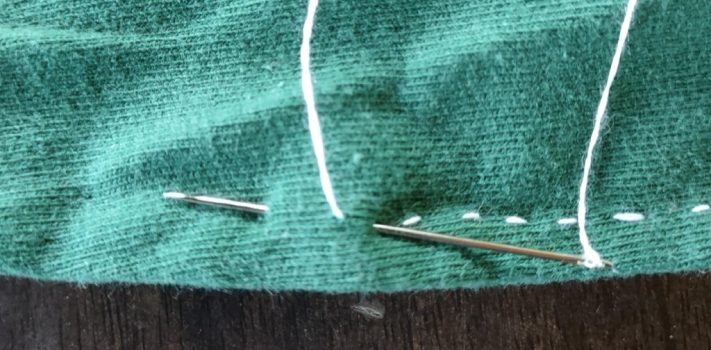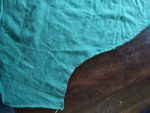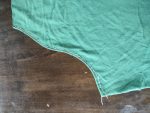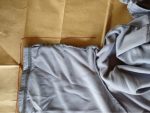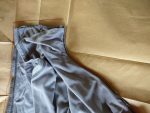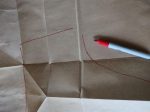“And Moses told his father in law all that the Lord had done unto Pharaoh and to the Egyptians for Israel’s sake, and all the travail that had come upon them by the way, and how the Lord delivered them.
And Jethro rejoiced for all the goodness which the Lord had done to Israel, whom he had delivered out of the hand of the Egyptians.
And Jethro said, Blessed be the Lord, who hath delivered you out of the hand of the Egyptians, and out of the hand of Pharaoh, who hath delivered the people from under the hand of the Egyptians.
Now I know that the Lord is greater than all gods: for in the thing wherein they dealt proudly he was above them.
And Jethro, Moses’ father in law, took a burnt offering and sacrifices for God: and Aaron came, and all the elders of Israel, to eat bread with Moses’ father in law before God.
And it came to pass on the morrow, that Moses sat to judge the people: and the people stood by Moses from the morning unto the evening.
And when Moses’ father in law saw all that he did to the people, he said, What is this thing that thou doest to the people? why sittest thou thyself alone, and all the people stand by thee from morning unto even?
And Moses said unto his father in law, Because the people come unto me to enquire of God:
When they have a matter, they come unto me; and I judge between one and another, and I do make them know the statutes of God, and his laws.
And Moses’ father in law said unto him, The thing that thou doest is not good.
Thou wilt surely wear away, both thou, and this people that is with thee: for this thing is too heavy for thee; thou art not able to perform it thyself alone.
Hearken now unto my voice, I will give thee counsel, and God shall be with thee: Be thou for the people to God-ward, that thou mayest bring the causes unto God:
And thou shalt teach them ordinances and laws, and shalt shew them the way wherein they must walk, and the work that they must do.” – Exodus 18:8-20 (KJV)



